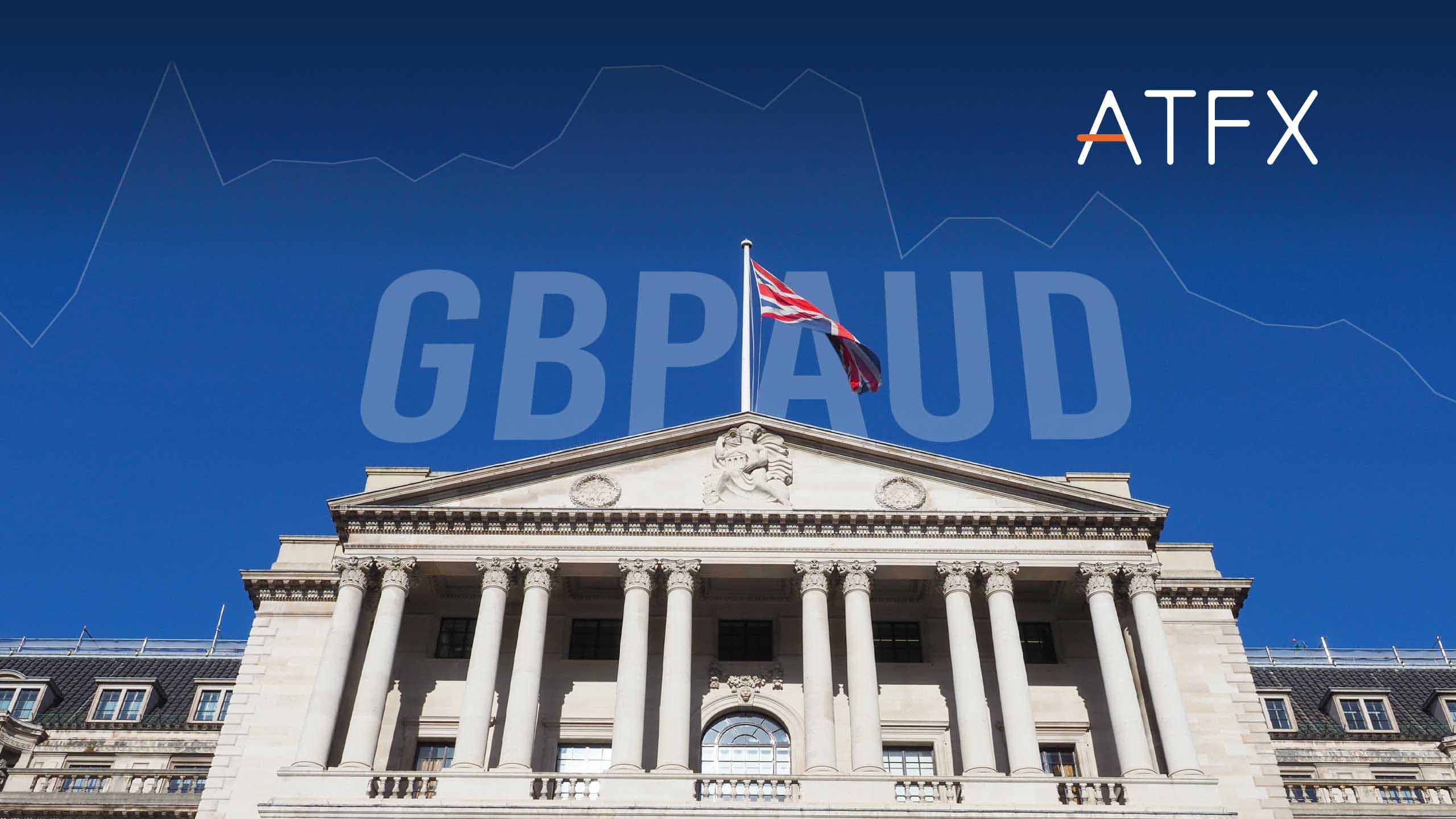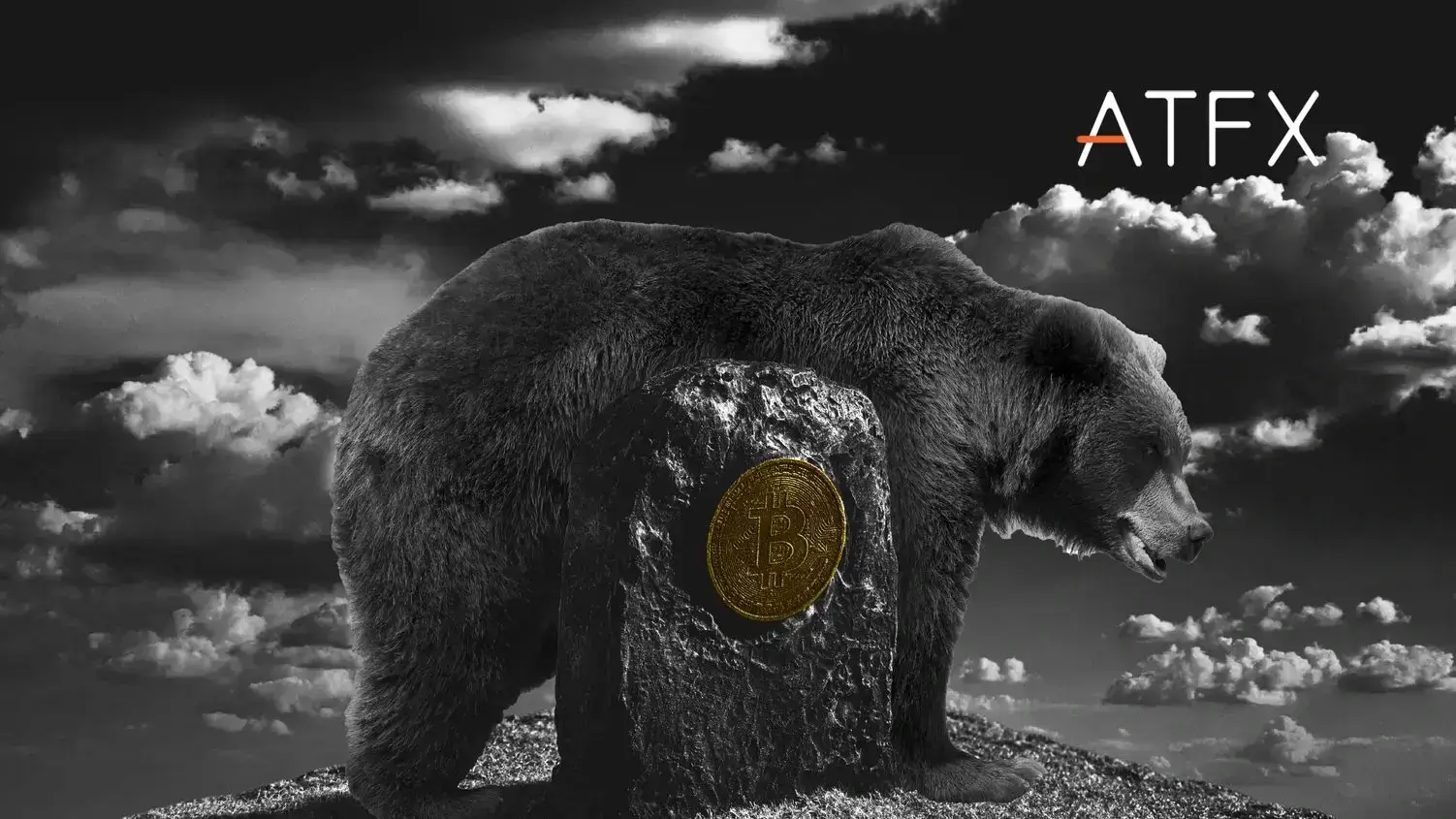From quantitative easing during the pandemic period to the tightening of monetary policies adopted by central banks and the impact of the Russo-Ukrainian war on the prices of various commodities, there have been some changes in the inflation rates in several countries. If the inflation problem is challenging to resolve, what are the hidden dangers for the future of the global financial markets?
What adjustments do investors need to make within their near-term asset allocation choices? Today, we will talk about the high inflation that challenges the leading central bankers and how to rebalance your portfolio in line with inflation.
United States
Looking first at the United States, the country’s annual inflation rate in April was 8.3%, down 0.2 percentage points from March, marking the first slowdown since August 2021. Still, the inflation levels remained high and exceeded the 8.10% previous figure, causing investors to question whether inflation had peaked and is now falling.
Judging from the segment data, the direction of consumer spending is shifting as food prices and the service industry growth accelerate.
- Food prices rose 9.4% yearly and were up 0.9% month-on-month.
- Services prices excluding energy services rose 4.9% year-on-year and 0.7% month-on-month.
- Transportation prices up 8.5% year-on-year and 3.1% month-on-month.
As previously expected, global oil prices are likely to be at high levels for an extended period. The recent decline is due to a slight decrease in gasoline prices, which did not last long as gasoline prices swiftly returned to high levels due to the surge in refining costs. The energy sector has yet to show a trend of declining prices.
The current unstoppable inflation trend in the United States has also increased market speculation that the Fed’s current tightening policy will become more hawkish. However, the reality reflected in the segment data is that there is no sign that US inflation is under control. Suppose the Fed raises interest rates more aggressively, which will increase the market’s worries about a possible recession and aggravate the downturn in the US stock markets. On the other hand, it will stimulate the dollar to keep rising, and it will continue putting pressure on gold prices.
United Kingdom
Britain is frequently regarded as a brother in arms to the United States regarding inflation. But unfortunately, the situation in the United Kingdom seems to be worse than that in the United States. The Russo-Ukrainian War continues to push commodity prices higher, driving energy, food, raw materials, and transportation costs up. As a result, UK inflation climbed to 7.0% in March and rose 0.8% month-on-month, with the number widely expected to continue growing.
Bank of England Governor Andrew Bailey announced that it is unlikely inflation would ease before reaching 10% this year. The phrase “voice heralding catastrophe” referring to rising food prices suggests a relatively high risk of a British economic recession. Almost as suspenseful as the market is, the Bank of England is expected to raise rates for the fourth time this month, raising the benchmark rate by 25 basis points to 1%.
As the trend in UK inflation is still not optimistic, the pace of continued interest rate hikes may not stop in the short term. Market participants expect the US interest rates to rise to 2%-2.25% by 2022. In addition, further economic sanctions against Russia have exacerbated risk aversion in the market and continue to push the dollar higher and plunge the pound into a downward spiral.
Japan
Even Japan, which has struggled for years with low inflation levels, has seen a surge in inflation, with the Tokyo Consumer Price Index CPI rising 0.8% in March. In addition, Japan will release its April CPI data this week, and the market expects it to increase by 2% in a rare touch of the BoJ’s target inflation level.
Higher energy and raw material prices are mainly behind Japan’s soaring inflation. Oil and coal prices were the main drivers, up 31% from last year; cost of wood products also soared by 56%. Meanwhile, Japan’s Producer Price Index (PPI) rose 10% year-on-year in April, beating expectations of a 9.4% increase, the biggest gain since December 1980.
As inflation soared, the yen began to depreciate, which pushed up the cost of imports for businesses that were passed on to consumers. The market expects Japan’s inflation to remain at 2% this year, and the high inflation may cause companies to raise further commodity prices, which will drag down Japan’s economic recovery. Japanese market participants have also started to re-examine the BoJ’s ultra-loose monetary policy that has existed for many years. Still, because such policies have been going on for many years, the BOJ’s monetary policy response to inflation may be more sluggish than in other countries like the United Kingdom and the United States.
Despite the “high inflation” problem that has swept the global markets this year, you could consider investing in anti-inflation assets to hedge against the high inflation, including natural resources, energy stocks, banks, real estate trusts, and other companies with decent investment potential. However, investors should approach gold investments with caution due to the rising US dollar.


